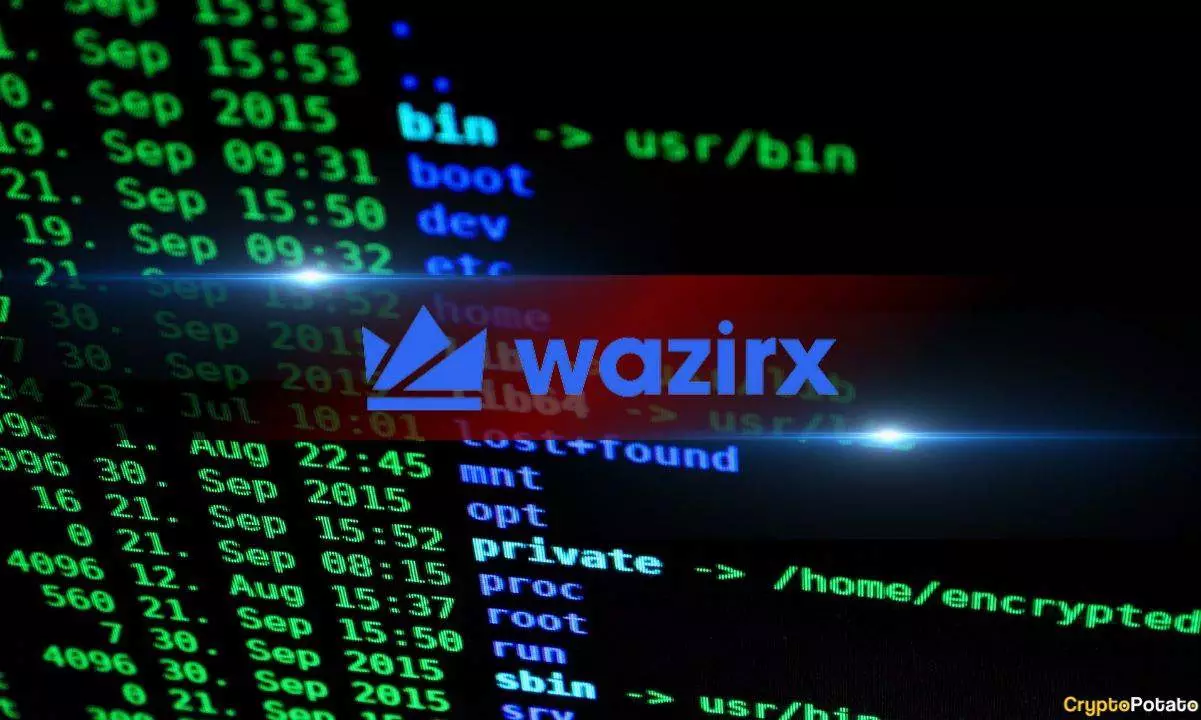The realm of cryptocurrencies is often riddled with controversy, and the recent allegations against WazirX, an Indian cryptocurrency exchange, are no exception. The platform, co-founded by Nischal Shetty, has found itself in hot water following claims of transferring a staggering $75 million worth of crypto assets to major exchanges without notifying its users. This situation traces back to the aftermath of a significant $235 million hack in July and involves a plethora of complex legal and operational challenges.
The troubles began when WazirX was obligated to disclose over 240,000 wallet addresses as part of a four-month moratorium mandated by a Singapore court. This judicial oversight emerged following the aforementioned hacking incident, prompting scrutiny over the management of user assets and the transparency of the exchange. CoinSwitch’s CEO, Ashish Singhal, entered the fray, asserting that his company had devised a system to help WazirX users navigate the extensive disclosures. Singhal’s firm, like others, had significant holdings on the platform, raising the stakes for all parties involved.
As Singhal dove deeper into the data released by WazirX, he alleged that large amounts of cryptocurrency were moved to exchanges, specifically noting that $72.13 million was sent to Bybit while KuCoin received approximately $1.5 million. This revelation ignited a firestorm of inquiries surrounding the legitimacy of WazirX’s financial maneuvers post-hack. Abundant public interest in such transfers stemmed from a general expectation that users should be kept informed about significant financial activities impacting their assets.
Following the uproar, Nischal Shetty took to social media to defend WazirX against the barrage of accusations. Describing the claims as a “false narrative” and a “coordinated campaign” against the exchange, he emphasized that the transfers were not secretive actions but part of a deliberate strategy to transition to a new custody solution after severing ties with their previous custodian, Liminal. Shetty painted the company’s actions in a positive light, suggesting that operational intricacies necessitated certain crypto assets being temporarily moved to exchanges for logistical reasons.
This defense raises myriad questions regarding risk management and user transparency within cryptocurrency exchanges. Customers expect their assets to be secure and well-managed; thus, any perceived deviation from these standards could damage trust, which is paramount in the crypto industry. Shetty highlighted the complexity involved in custodianship, noting that not every token is supported across all platforms, which adds further nuance to WazirX’s decision-making process.
Amid the chaos, WazirX has yet to recover any of the $235 million lost during the hack, despite initiating a $23 million bounty and collaborating with forensic experts and law enforcement agencies. This situation underscores the harsh realities of cryptocurrency security, particularly when exploits are thought to be the work of organized, sophisticated actors, potentially linked to state-sponsored operations.
The exchange’s current predicament is further compounded by market perceptions and the legal ramifications of the ongoing investigations. Many users are likely feeling vulnerable, uncertain about the safety of their investments within WazirX. Skepticism regarding the accountability and transparency of the platform’s operations could lead to long-term reputational damage.
The WazirX incident brings to the forefront critical issues regarding governance, transparency, and user trust in cryptocurrency exchanges. As these platforms continue to grow and evolve, they must grapple with the inherent risks of digital asset management while ensuring open lines of communication with their user base.
For WazirX and similar exchanges, establishing a clear framework for asset management, security protocols, and user engagement is not just beneficial—it’s crucial for sustaining long-term viability in a rapidly transforming landscape. As exchanges face increasing scrutiny from both the public and regulatory bodies, only those that prioritize transparency and accountability may navigate the tumultuous waters of the crypto market successfully. Whether WazirX can ultimately rehabilitate its image and restore trust among its users remains to be seen, but the stakes are undeniably high.
















